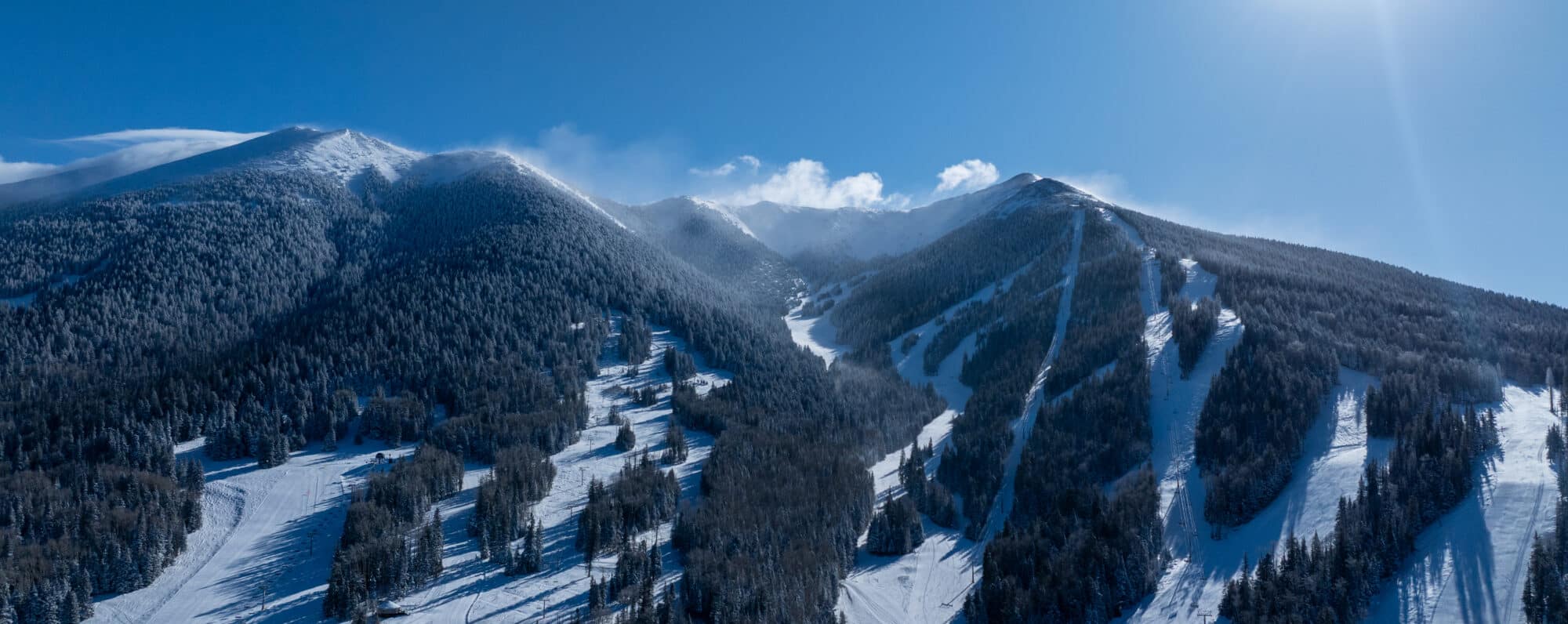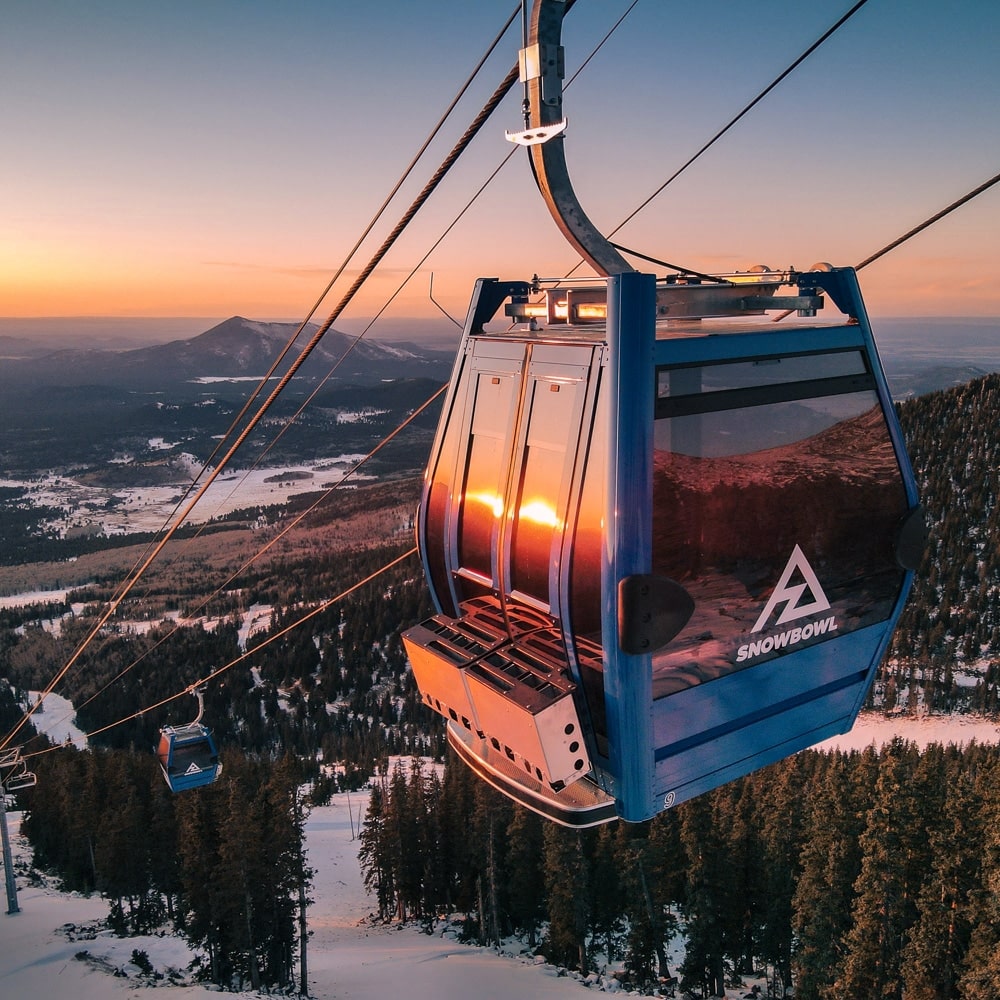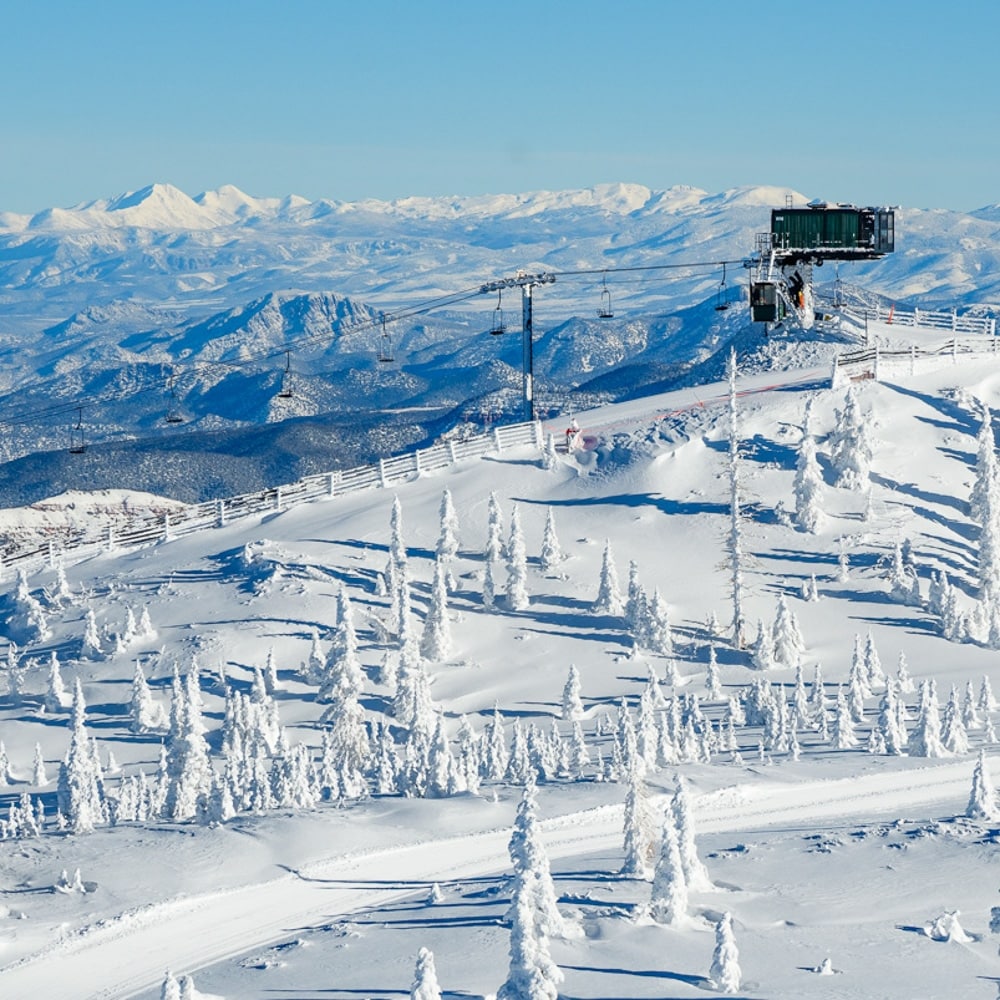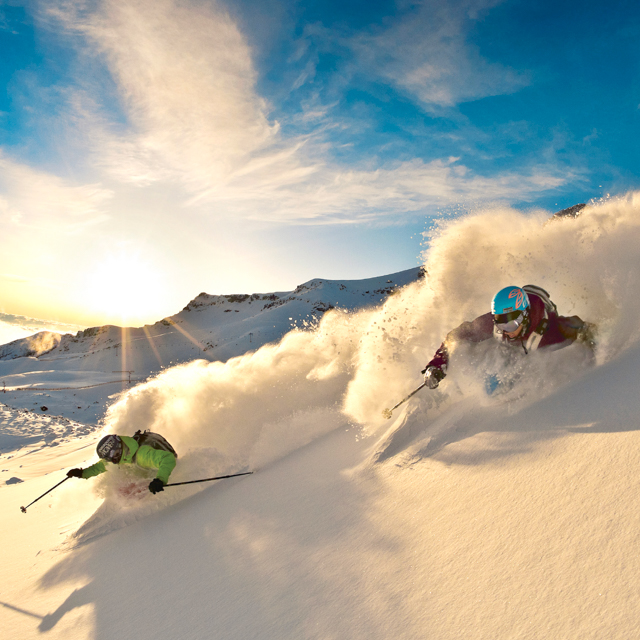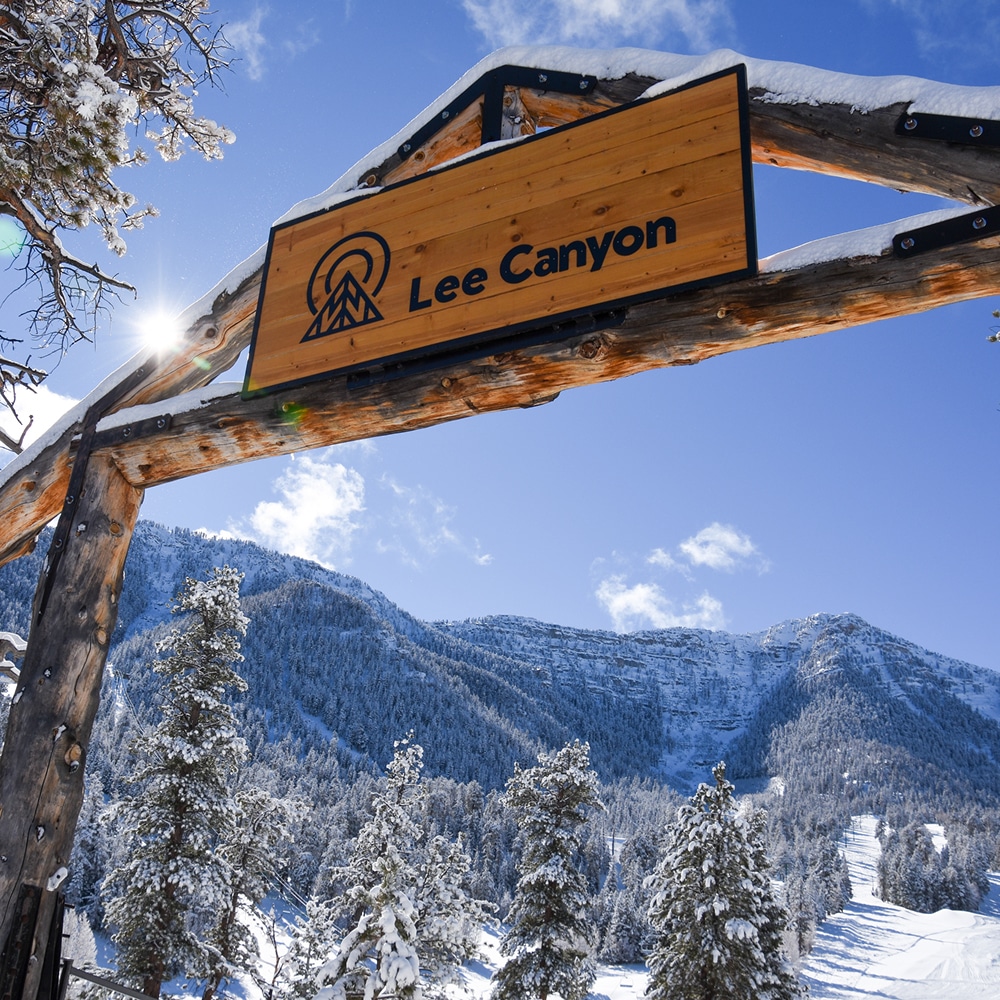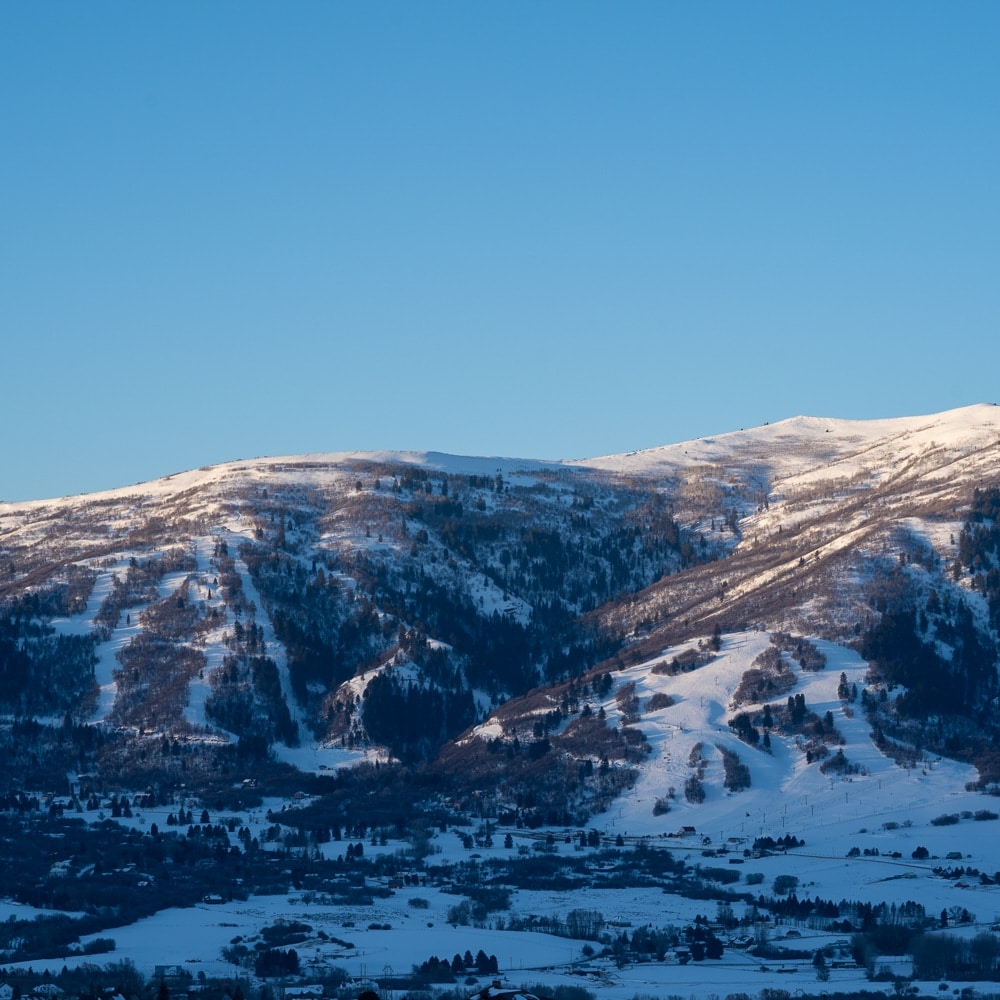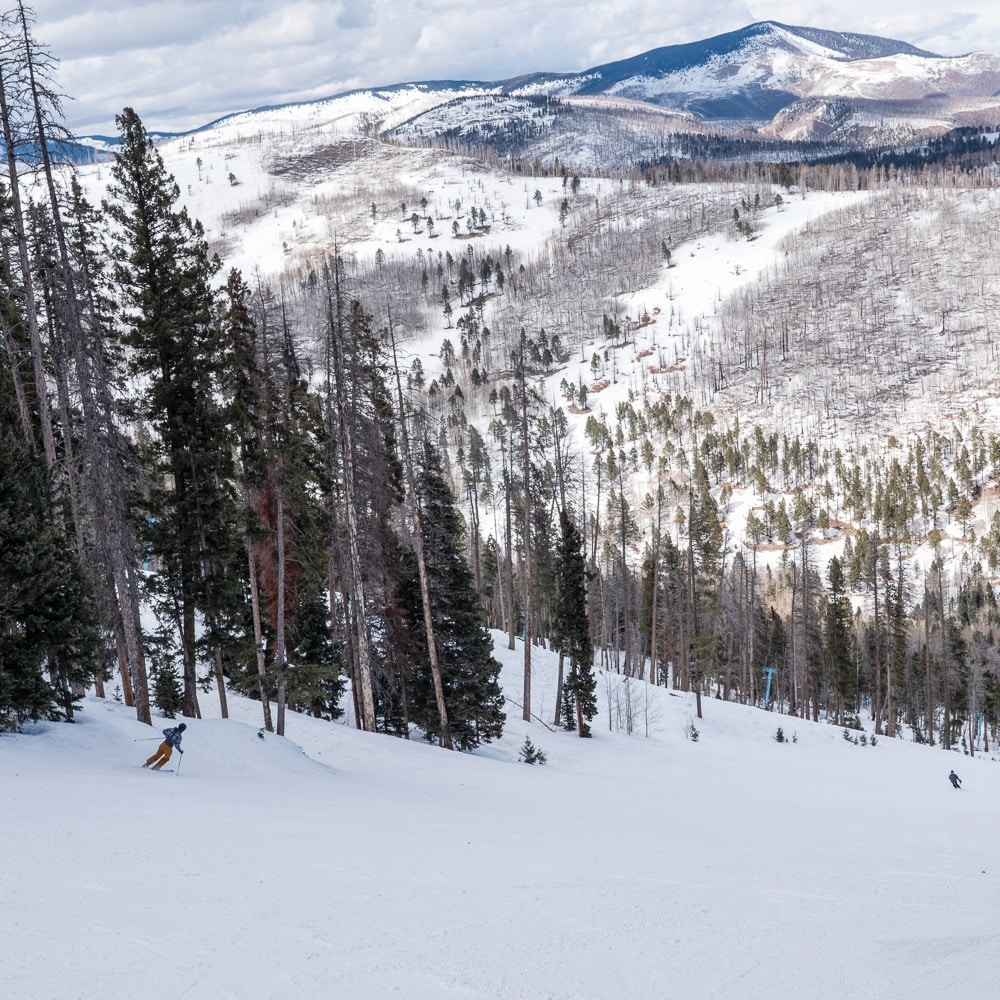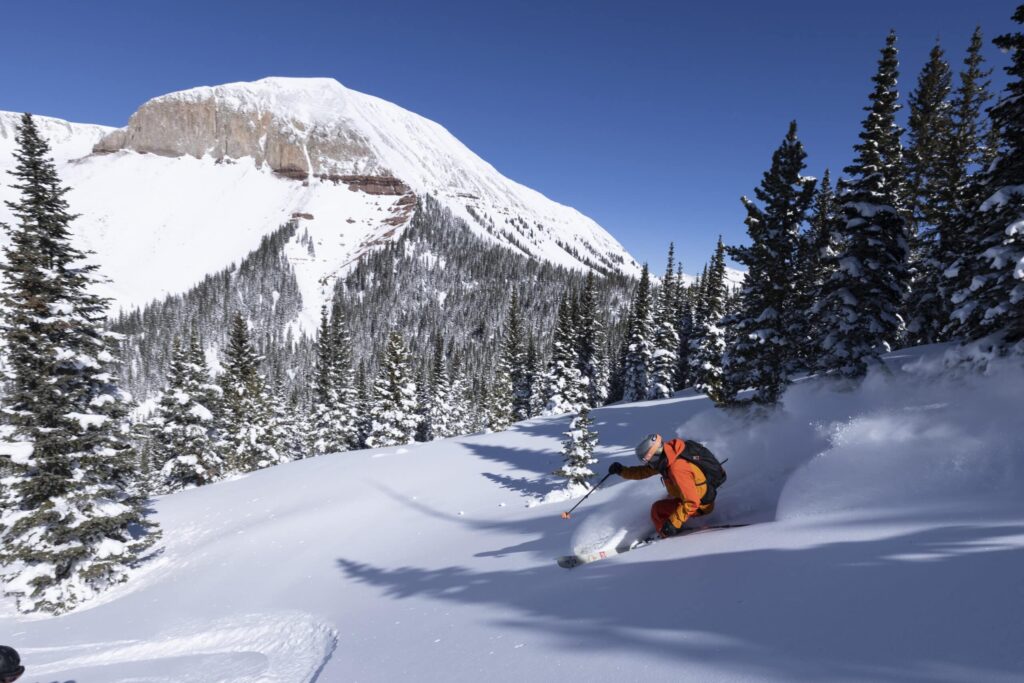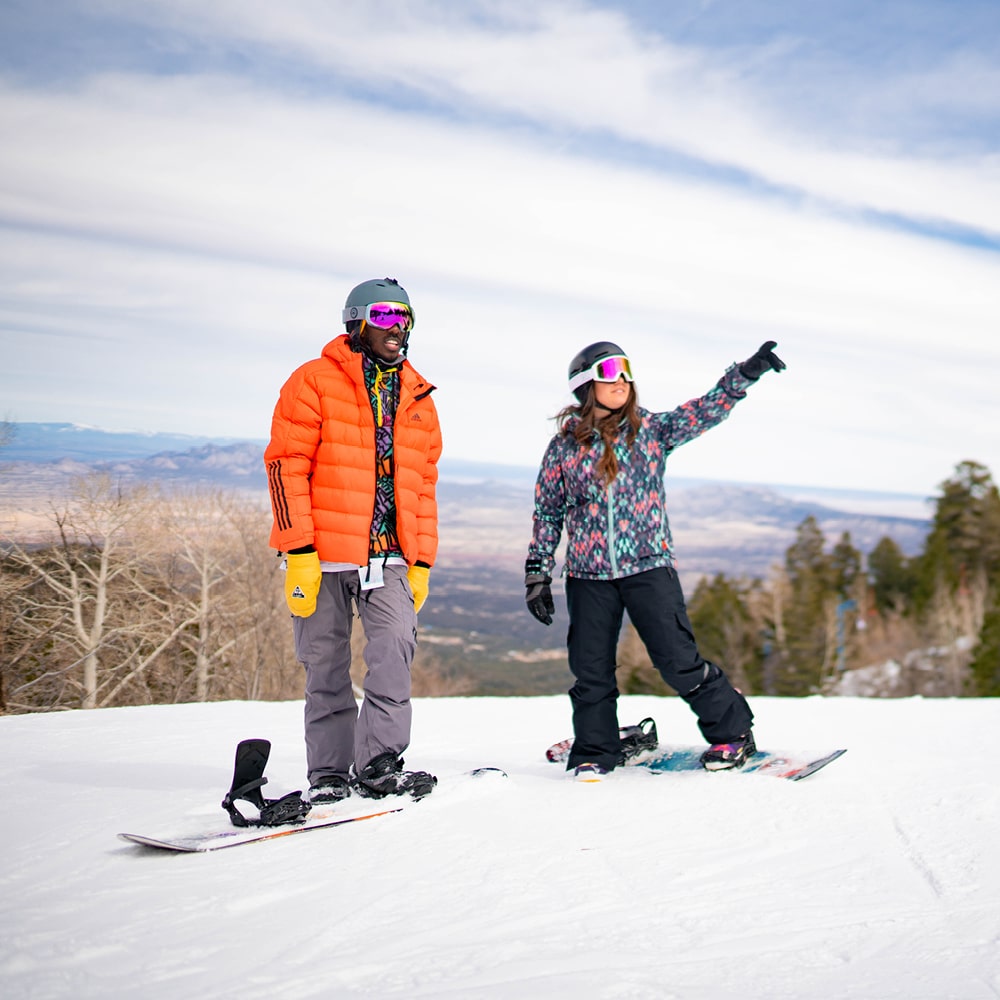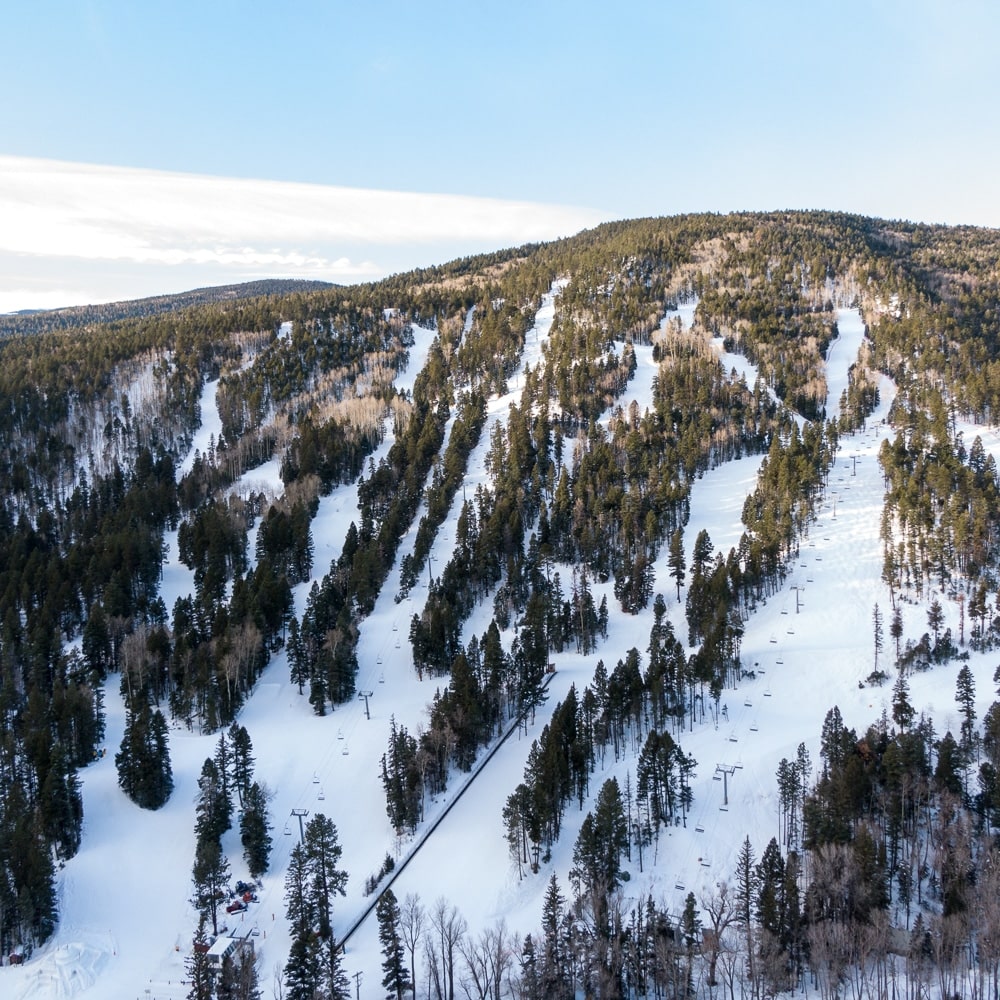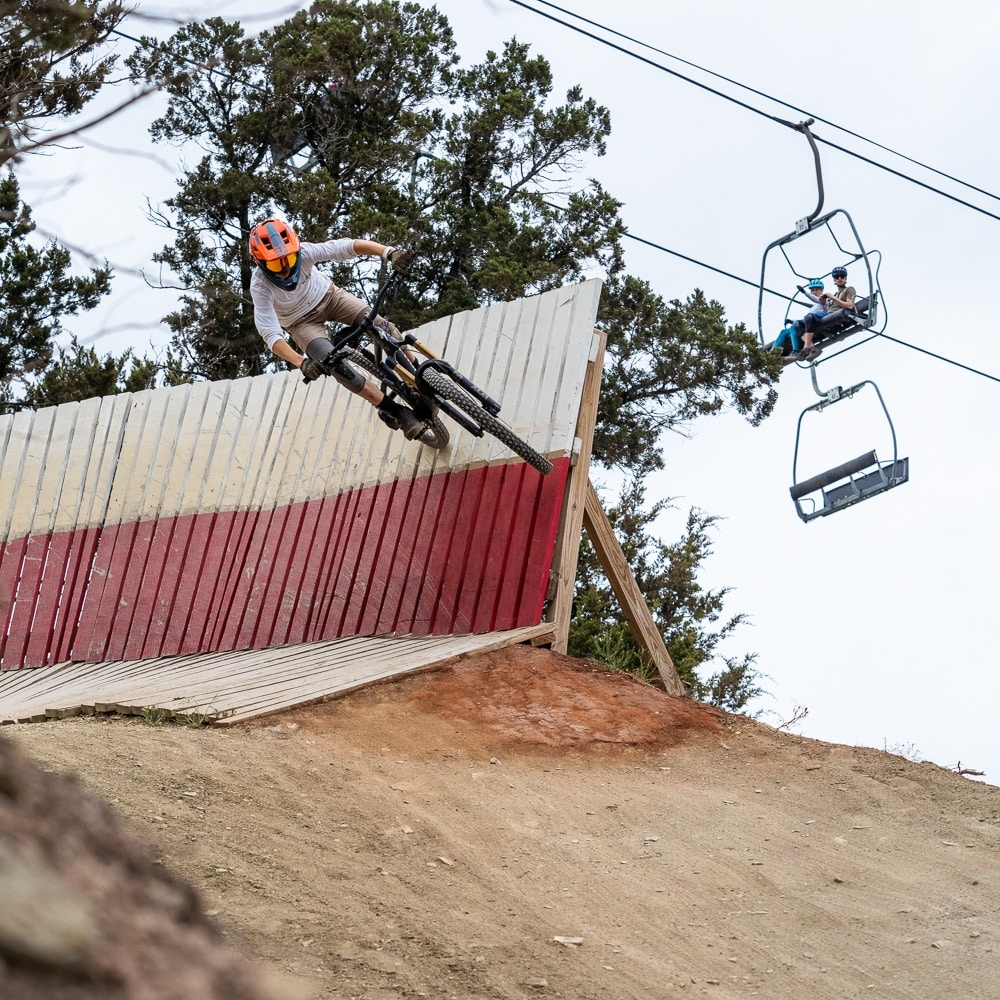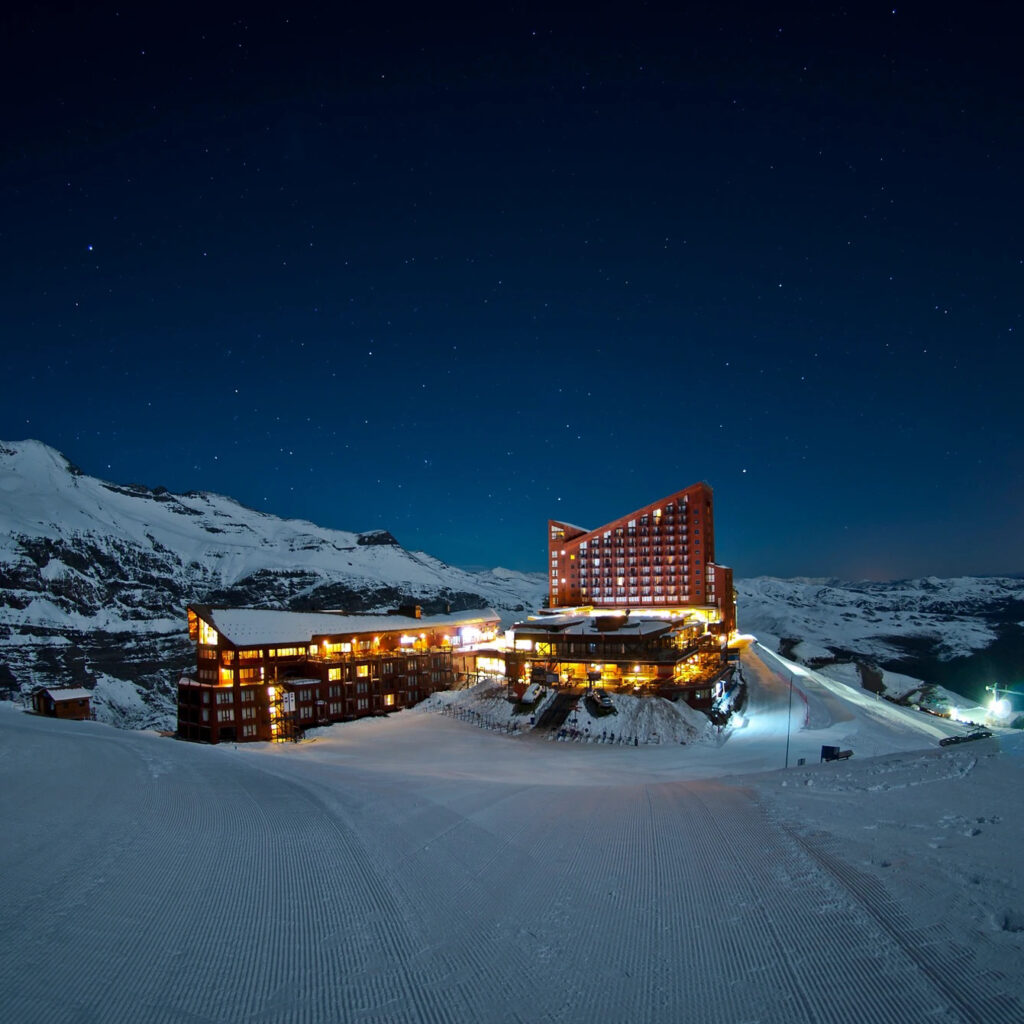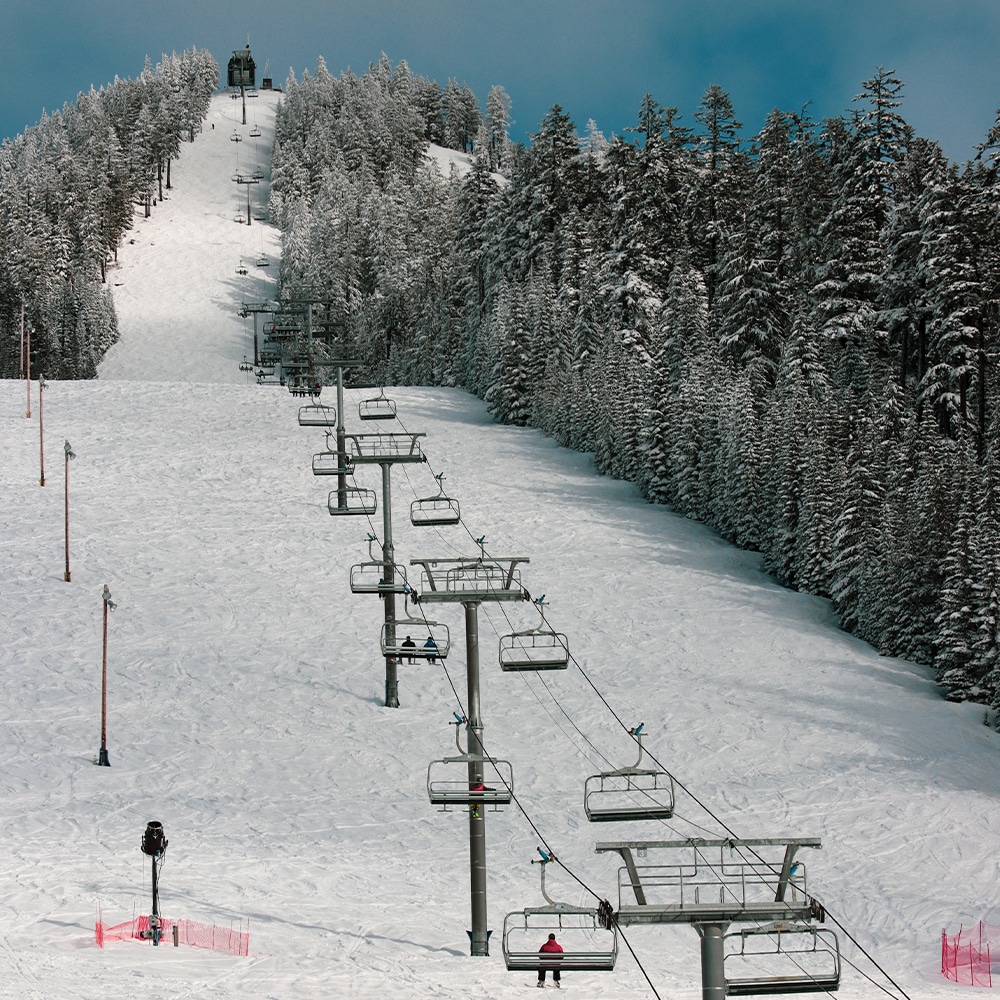Mountain Awareness
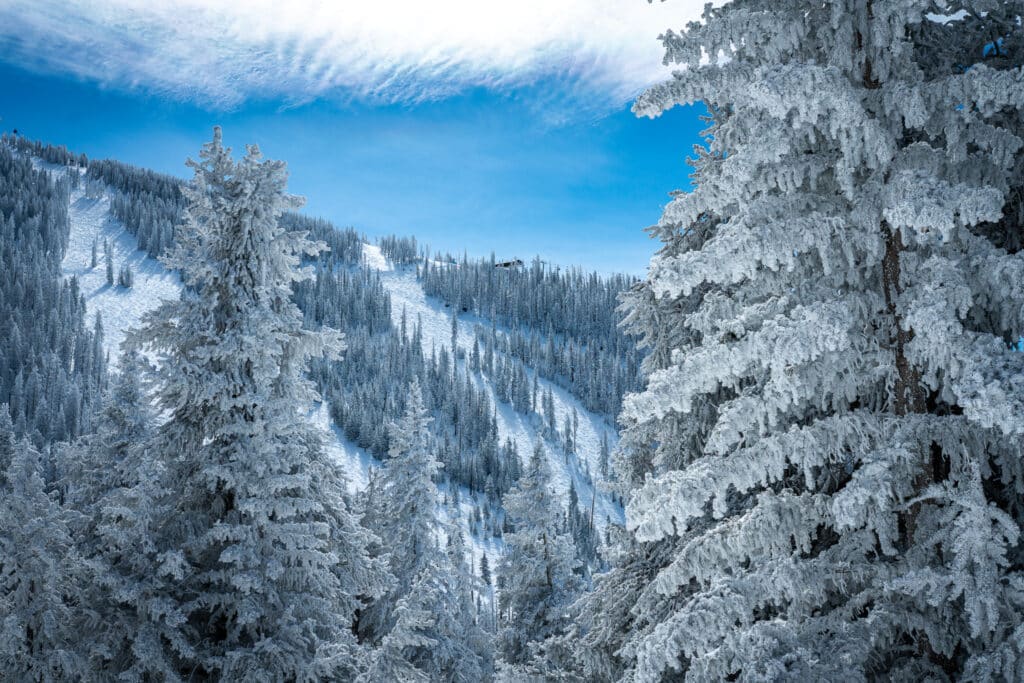
Mountain Awareness
Arizona Snowbowl is committed to promoting mountain awareness to ensure all our guests feel safe when on the slopes. With six national safety awards from the National Ski Areas Association, Arizona Snowbowl strives to keep our guests safe and to educate skiers and snowboarders about slope safety. Always show courtesy to others and be aware that there are elements of risk in skiing and snowboarding that common sense and personal responsibility can help reduce.
Your Responsibility Code
As a skier or snowboarder, you are required to obey Your Responsibility Code listed below and share with others on the slopes the responsibility for a great snow sports experience:
- Always stay in control. You must be able to stop or avoid people or objects.
- People ahead or downhill of you have the right-of-way. You must avoid them.
- Stop only where you are visible from above and do not restrict traffic.
- Look uphill and avoid others before starting downhill or entering a trail.
- You must prevent runaway equipment.
- Read and obey all signs, warnings, and hazard markings.
- Keep off closed trails and out of closed areas.
- You must know how and be able to load, ride and unload lifts safely. If you need assistance, ask the lift attendant.
- Do not use lifts or terrain when impaired by alcohol or drugs.
- If you are involved in a collision or incident, share your contact information with each other and a ski area employee.
Winter sports involve risk of serious injury or death. Your knowledge, decisions and actions contribute to your safety and that of others. If you need help understanding Your Responsibility Code, please ask any ski area employee.
Collision Awareness
Tips for Avoiding Collisions
Complementing the Responsibility Code and its 10 tenets, #RideAnotherDay promotes 3 actions every skier and rider can take to help keep themselves and those around safer on the slopes.
1. Be Ready
Be ready to slow down or avoid objects or other people at any time. Ski and ride in such a way that you are always able to control yourself regardless of conditions and avoid others and objects you may encounter on the run, groomed or otherwise.
2. Stay Alert
Stay alert to what’s going on around you, especially other skiers and riders. Being aware of those around and changing conditions will help you have a fun and safe day on the hill.
3. Plan Ahead
Ease up at blind spots, check uphill when merging onto trails, and give other skiers plenty of room when passing. Look out for spots on the run where traffic merges or you can’t see what’s coming next. If you are unfamiliar with a run, take it easy the first time down it and make note of places where you’ll want to slow down, such as cat tracks and rollers. Also, give other skiers and riders lots or room, especially if you are passing them. There’s plenty of space out there, so there’s no need to crowd each other.
By doing these three things every run, you’ll be helping keep the slopes safe and enjoyable, for you and everyone else.
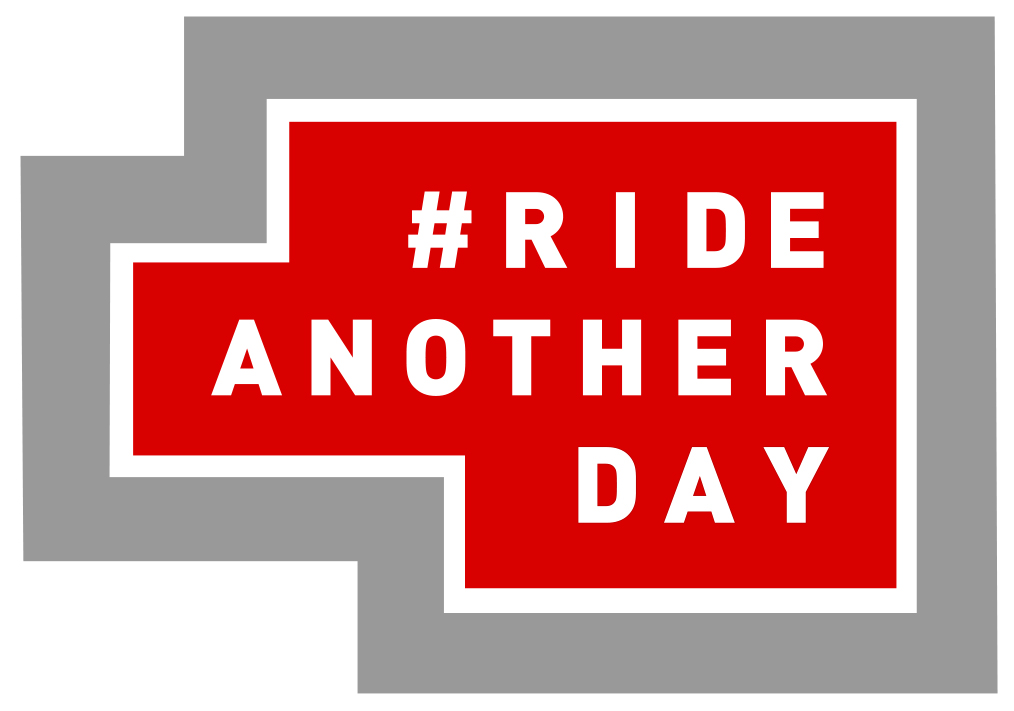
Lift Safety
Lift Safety Tips
Remind your guests about these common points to help them have a more informed experience on the chairlift. This list complements the skier and rider Responsibility Code.
- Be familiar with the type of lift you are riding, and ask for help if you need it.
- Before loading, remove backpacks and secure loose items. Remove pole straps from wrists.
- Look over your shoulder to watch the chair approach.
- Sit all the way in the chair, with your back to the seat rest.
- If the lift has a restraint bar, wait until everyone is seated, and slowly reach up and lower the bar. Do not attempt to lower the bar if you cannot reach it! Adults should always help kids to lower the bar.
- Be aware of your surroundings while riding the lift. If you drop something, let it fall! You can always ask ski patrol for help retrieving the lost item.
- As you approach the top terminal, prepare to raise the bar. Look for signs advising you to do so to help with your timing.
Chair jumping is strictly prohibited. Jumping out of a chairlift has the specific potential of creating hazardous conditions for all riders on that lift.
Helmet Safety
NSAA promotes the use of helmets on the slopes. We urge skiers and riders to wear a helmet – but to ski or ride as if they are not wearing a helmet. NSAA views skiing and snowboarding in a controlled and responsible manner as the primary safety consideration for all skiers and boarders. A skier’s behavior has as much or more to do with the safety of the sport as does any piece of equipment.
Freestyle Terrain Safety
START SMALL – Work your way up. Build your skills.
MAKE A PLAN – Every feature. Every time.
ALWAYS LOOK – Before you drop.
RESPECT – The features and other users.
TAKE IT EASY – Know your limits. Land on your feet.
Tree Well & Deep Snow Safety
Skiing and snowboarding off the groomed runs and in deep powder is one of the most exciting and appealing parts of our sport. However, if you decide to leave the groomed trails, you are voluntarily accepting the risk of a deep snow immersion accident. A deep snow or tree well immersion accident occurs when a skier or rider falls into an area of deep unconsolidated snow and becomes immobilized and suffocates. Deaths resulting from these kinds of accidents are referred to as an SIS harzard or Snow Immersion Suffocation.
Inherent Risk of Skiing
Skier AGREES not to sue for any injury or death and BY USE OF TICKET/PASS AGREES TO FULLY RELEASE THE SKI AREA AND ALL RELATED PARTIES and VOLUNTARILY ASSUMES ALL RISKS of participation, inherent or otherwise, including related to use of the ski lifts. WARNING: Under Arizona Law, a skier accepts the risk of any injury to person or property resulting from any of the inherent dangers and risks of skiing, including changing weather conditions, existing and changing snow surface conditions, surface or subsurface conditions, whether marked or unmarked, collisions with natural or man-made objects, whether marked or unmarked and the failure of skiers to ski within their own abilities.
Unmarked Obstacles
Be advised that all poles and/or flags, fencing, signage and padding on equipment or objects or other forms of marking devices are used by the ski area to inform you of the presence or location of a potential obstacle or hazard. These markers are no guarantee of your safety and will not protect you from injury. It is part of your responsibility under Your Responsibility Code to avoid all obstacles or hazards, including those that are so marked. Snow cats, snowmobiles, snowmaking equipment may be encountered at any time.
Mountain Code of Conduct
Arizona Snowbowl reserves the right to terminate skiing and riding privileges on a first offense of the Code of Conduct if it determines, in its sole discretion, that such action is appropriate. Especially egregious behavior could mean that an individual is banned from the slopes indefinitely. It is the individual’s responsibility to understand, and adhere to all rules, laws or regulations of the resort, city, county and state.
The following will not be tolerated:
Fast and/or reckless skiing/riding.
Refusal to show and/or relinquish your pass to a mountain employee when requested.
Violent behavior, or abusive, foul or threatening language.
Skiing/riding in a closed area. It is your responsibility to know what trails or slopes are open and closed. Skiing/riding in a closed area is illegal and you may be prosecuted and fined.
Going over or under a rope or past another closure indicator is also illegal and you may be fined.
Riding a lift or skiing/riding while under the influence of alcohol or drugs.
Actions or behaviors that in our judgment may endanger your safety or the safety of others.
Violating the law, including the Arizona Skier Safety Act.
Weather & High Altitude
Arizona Snowbowl sits at 9,500 feet above sea level on the Colorado Plateau with quick changing weather patterns. People coming from lower elevations may experience altitude sickness. Signs and symptoms of altitude sickness may include headaches, fatigue, nausea, insomnia, and loss of appetite. If altitude sickness presents, the best way to treat altitude sickness is to go down in elevation, if possible. Be aware that high elevation can also accentuate existing health problems. If you have a respiratory or vascular illness, consult your physician before your trip. Seek medical assistance if problems persist or get worse. The following are considerations for the quick changing weather conditions and winter environment that can be present at Brian Head Resort.
- Ultra-Violet rays are more severe at higher elevations. Protect your skin from the effects of the sun and keep in mind that the snow reflects the sun’s rays. Wear sunscreen rated at least 30 SPF or higher.
- Wear eye protection such as sunglasses or goggles. These should filter both UVA and UVB rays and be rated at 90%. Eyes can sunburn just like your skin.
- Be prepared for quickly changing weather conditions. Dress in layers with your outer layer of clothing being of a water repellent fabric.
Avalanches
Avalanches may occur both inside and outside of the ski area boundary at any time. Avalanches are an inherent risk of the sport due to the nature of snow and its accumulation on steep, mountainous terrain.
Slow Zones
Certain areas and trails at the Arizona Snowbowl, indicated on the trail map in red, are designated as SLOW ZONES. Please observe these posted slow areas by maintaining a speed no faster than the general flow of traffic. Space and speed are especially important in these areas. Fast and aggressive skiing will not be tolerated.
Children in Backpacks
To ensure safety, children riding lifts at Arizona Snowbowl must be able to load, ride, and unload the lift without being carried. Children in backpacks or chest packs are not allowed on any lifts or ski trails at Arizona Snowbowl.
Slippery Surfaces
Use caution walking especially in buildings, on walkways and in parking lots. Melting and freezing as well as water and snow accumulation, can cause surfaces to become slippery any time of the day or night. Try to clean the snow off the bottom of plastic ski boots to help prevent a slip and fall. Use footwear with good tread and/or use commercially available products made for the bottom of shoes and boots to give better traction.
Permitted Gear
NO SLEDDING ALLOWED!
SKIS: Allowed with a working brake binding system or a retention device.
SNOWBOARDS: Allowed with a retention device (Snowboard binding considered acceptable).
TELEMARK SKIS: Allowed with a retention device or a working brake system. (Please be aware of releasable telemark bindings as they typically do not have a retention device).
MONOSKIS: Allowed with a working retention device.
SKI BIKES: Allowed with working brake system or retention device.
Arizona Snowbowl accommodates skiers and snowboarders using traditional equipment that must include bindings and ski retention devices. Arizona Snowbowl also accommodates ski bike operators. Ski bikes are a hybrid approach for downhill skiing.
- Ski Bikes must be commercially manufactured or a commercially manufactured conversion kit for a mountain bike.
- Ski Bikes must be equipped with an appropriate retention device to prevent runaway equipment.
- Ski bikes must not impede the natural flow of lift operations.
- Users must be able to know how to load and unload the lift safely.
SNOWSKATES: Allowed with a retention device and metal edges & must be commercially manufactured
SNOWBLADES: Allowed with a retention device and metal edges & must be commercially manufactured
Electronic Devices
Arizona Snowbowl discourages the use of electronic devices (cell phones, music players or earphones) while skiing/riding, or loading or unloading lifts. External music devices playing unreasonably loud or explicit/vulgar language will not be permitted.
Service Animal Policy
Arizona Snowbowl is committed to providing recreational opportunities on our unique
National Forest lands for all our guests. Some of those guests with disabilities may
require the assistance of a Service Animal to access certain areas of the resort. The
law* defines a Service Animal as any dog that is individually trained to do work or
perform tasks for the benefit of an individual with a disability, including a physical,
sensory, psychiatric, intellectual, or other mental disability.
The following are NOT service animals: those animals whose sole purpose is to provide
emotional support, well-being, comfort, or companionship or to serve as a crime
deterrent. Therapy dogs visit nursing home residents, hospital patients, etc. Those are
not individually trained assist one individual with a disability in their activities of daily
living. Therefore therapy dogs are also not “service animals”.
Individuals with disabilities can be accompanied by bona fide “Service Animals” in all
public areas of the Resort including the Arizona Gondola during summer/winter Scenic
Operation periods.
- Only select cabins can accommodate Service Animals to reduce allergen impact on other guests, these cabins may be identified with a small paw print on the window.
- Your Service Animal is required to have a ticket, this complimentary ticket is available when you purchase your ticket online below and explains the inherent risk to your animal and considerations for loading and unloading the Arizona Gondola. In the interest of safety, service animals will not be allowed on chair lifts or in ski terrain, including tubing hills, or on any ride or attraction that is not equipped or designed for accessibility to service animals. Due to size and weight constraints, the use of Miniature Horses is not permitted on the Arizona Gondola for safety concerns related to the lift. If you require a service animal that is restricted from an area or activity, the Resort will make reasonable accommodations as long as requirements for safe operations are met. Guests will be asked to provide the Resort with a minimum of 72 hours advance notice regarding accommodations needed for service animals.
View the full Service Animal Policy here.
